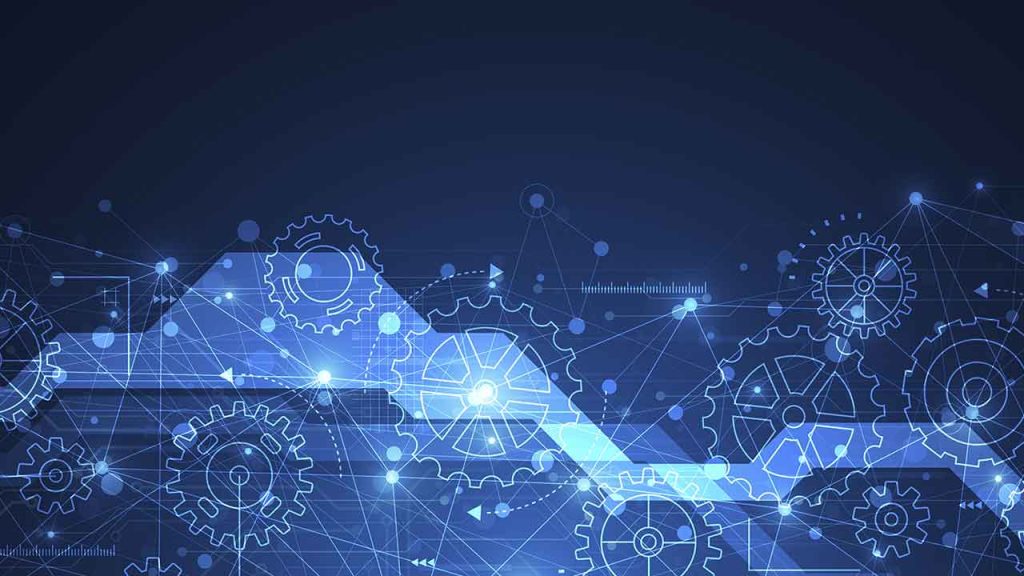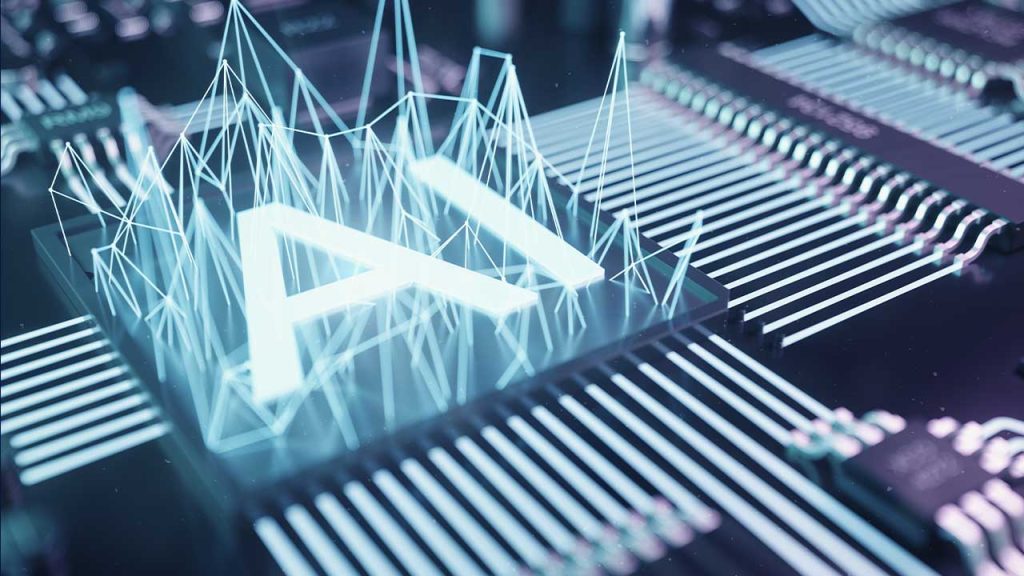Industrial Edge: What Leaders Need to Rethink Now
For many industrial organizations, the edge has long been treated as a fixed, isolated part of operations. But as digital transformation initiatives scale—and artificial intelligence, analytics, and cybersecurity concerns intensify—this view is rapidly becoming outdated.
Erik Nordmark, Co-founder and CTO at ZEDEDA, emphasizes that today’s industrial edge must be dynamic and software-defined. In his view, the real opportunity lies in building infrastructure that allows both legacy OT systems and modern AI-based workloads to operate side by side. That means managing everything from aging Windows machines to new inference engines—securely and efficiently.
The Balancing Act: Modernization Without Disruption
A key challenge for industrial companies is how to modernize without ripping and replacing long-standing systems. Nordmark explains that organizations are increasingly looking to deploy containerized applications and virtual machines at the edge—not just to run new functions but to extend the life of existing hardware.
Having a common, orchestrated infrastructure layer is essential. It enables centralized control, remote updates, and consistent security enforcement, regardless of the underlying use case or physical location—be it a factory, a solar farm, or a retail site.
Security vs. Compliance: A Growing Gap
While many companies focus on meeting compliance requirements, Erik Nordmark warns that compliance does not equal security. He points to real-world cases where certified systems delayed critical vulnerability patches due to long re-certification cycles. As global regulations like the EU Cyber Resilience Act and U.S. CISA guidelines evolve, adopting a secure-by-design mindset is becoming non-negotiable.
To do this effectively, security awareness must extend beyond the IT team. Engineering, operations, and even field technicians must align on secure practices—starting with development and continuing through deployment and maintenance.
Shifting to Software-Defined Thinking
As industrial systems become increasingly software-enabled, organizational models must adapt. According to Erik, this shift requires rethinking how software is developed, tested, and monetized. It’s no longer just about physical products with embedded software—it’s about delivering ongoing value through updates and functionality upgrades without new hardware.
This change also affects how OEMs communicate with customers. Selling a product that evolves over time through software updates requires a different conversation than selling a fixed-function device.
Looking Ahead
Erik remains optimistic about what’s next. He sees a future where edge systems are more autonomous, resilient, and easier to manage—even in unattended environments. But he cautions against relying on solutions designed for IT environments alone. The industrial edge has its own set of realities, and any long-term strategy must reflect that.
Watch the full interview with Erik Nordmark, where he dives deeper into these topics and shares insights on how to build infrastructure that’s ready for both what’s now—and what’s next.
About the author
 This article was written by Greg Orloff, Industry Executive, IIoT World. Greg previously served as the CEO of Tangent Company, inventor of the Watercycle™, the only commercial residential direct potable reuse system in the country.
This article was written by Greg Orloff, Industry Executive, IIoT World. Greg previously served as the CEO of Tangent Company, inventor of the Watercycle™, the only commercial residential direct potable reuse system in the country.



